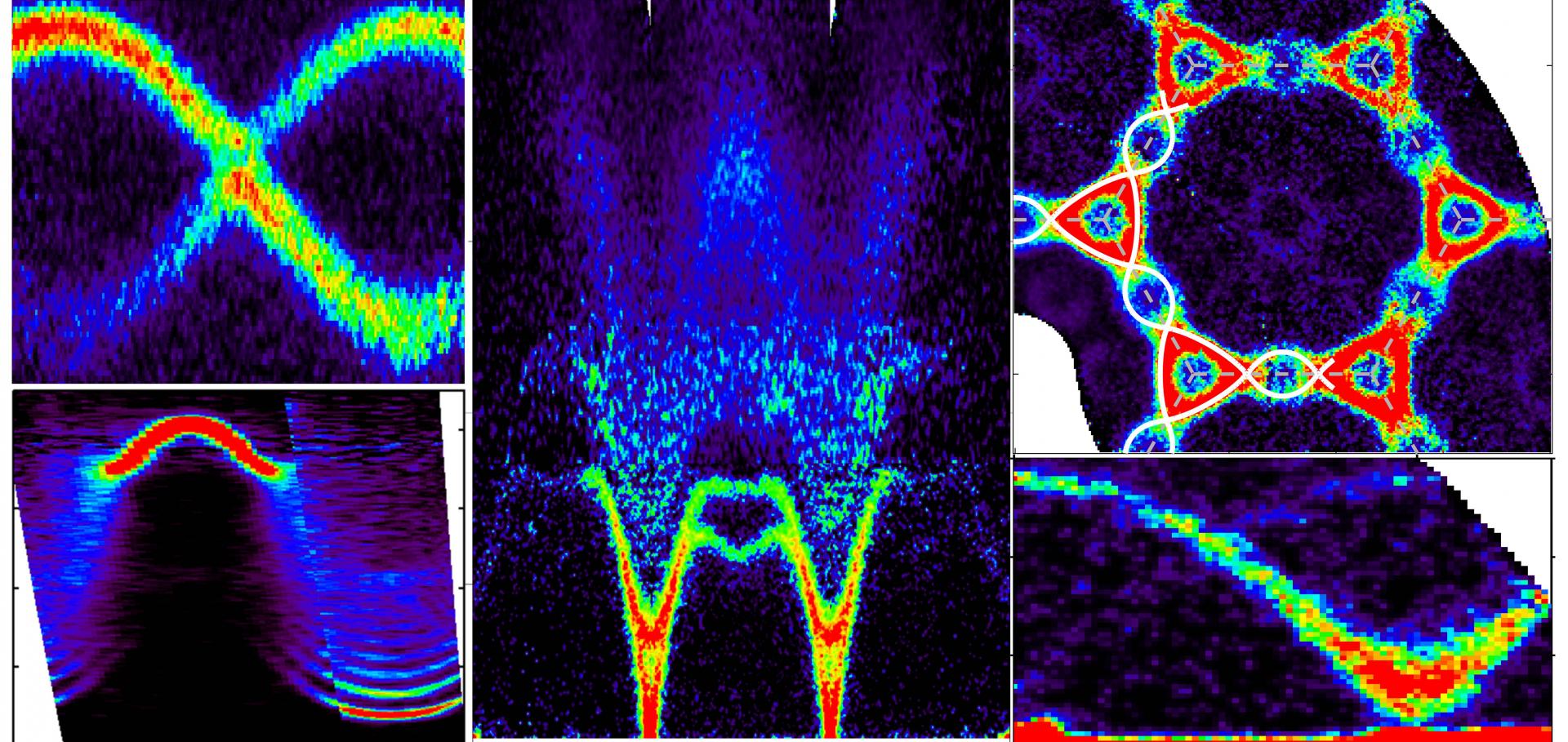Glide symmetry breaking and Ising criticality in the quasi-1D magnet CoNb2O6
Proceedings of the National Academy of Sciences National Academy of Sciences 117:41 (2020) 25219-25224
Abstract:
We construct a microscopic spin-exchange Hamiltonian for the quasi–one-dimensional (1D) Ising magnet CoNb2O6 that captures detailed and hitherto-unexplained aspects of its dynamic spin structure factor. We perform a symmetry analysis that recalls that an individual Ising chain in this material is buckled, with two sites in each unit cell related by a glide symmetry. Combining this with numerical simulations benchmarked against neutron scattering experiments, we argue that the single-chain Hamiltonian contains a staggered spin-exchange term. We further argue that the transverse-field–tuned quantum critical point in CoNb2O6 corresponds to breaking this glide symmetry, rather than an on-site Ising symmetry as previously believed. This gives a unified microscopic explanation of the dispersion of confined states in the ordered phase and quasiparticle breakdown in the polarized phase at high transverse field.Low-temperature thermal transport measurements of oxygen-annealed Yb2Ti2O7
Physical Review B American Physical Society 102:1 (2020) 14434
Abstract:
Low-temperature thermal conductivity measurements have been conducted on an oxygen-annealed single crystal of Yb2Ti2O7 from 60 mK to 50 K and in magnetic fields up to 8 T applied in the [111] crystallographic direction. The temperature dependence of the conductivity in zero field shows a significant peak in thermal conductivity at T∼13 K and a sharp anomaly at Tc∼0.2 K suggesting that the sample's behavior is representative of the high-purity limit, with low levels of disorder. The magnetic field dependence of the thermal conductivity close to Tc reveals a reentrant magnetic phase for a field in the [111] direction. With this information, analysis of the very low magnetic field behavior of the thermal conductivity suggests the presence of significant fluctuations close to the phase line.Order-by-Disorder from Bond-Dependent Exchange and Intensity Signature of Nodal Quasiparticles in a Honeycomb Cobaltate
(2020)
Avoided quasiparticle decay and enhanced excitation continuum in the spin-1/2 near-Heisenberg triangular antiferromagnet Ba3CoSb2O9
(2020)
Glide symmetry breaking and Ising criticality in the quasi-1D magnet CoNb$_2$O$_6$
(2020)


